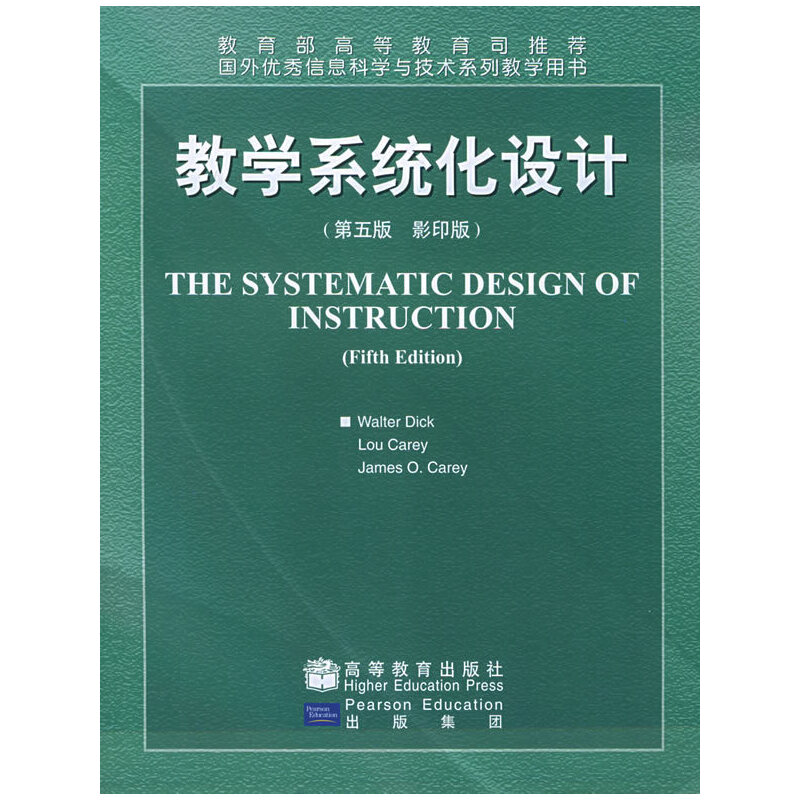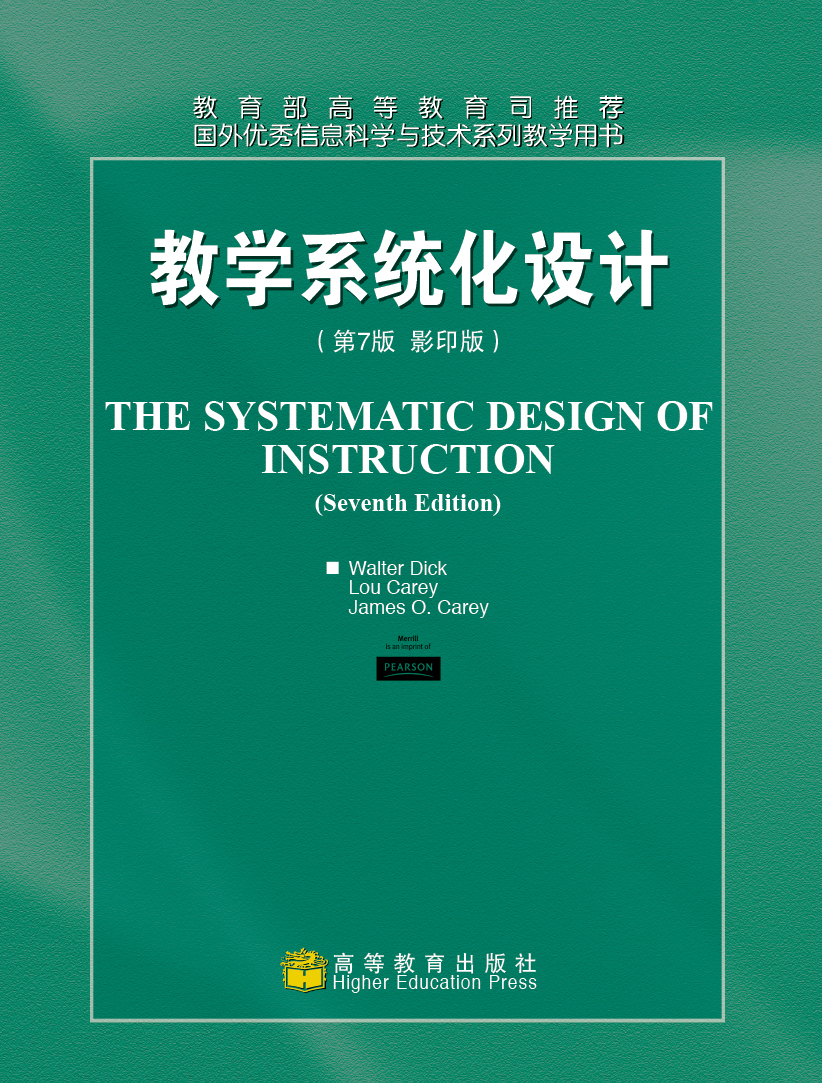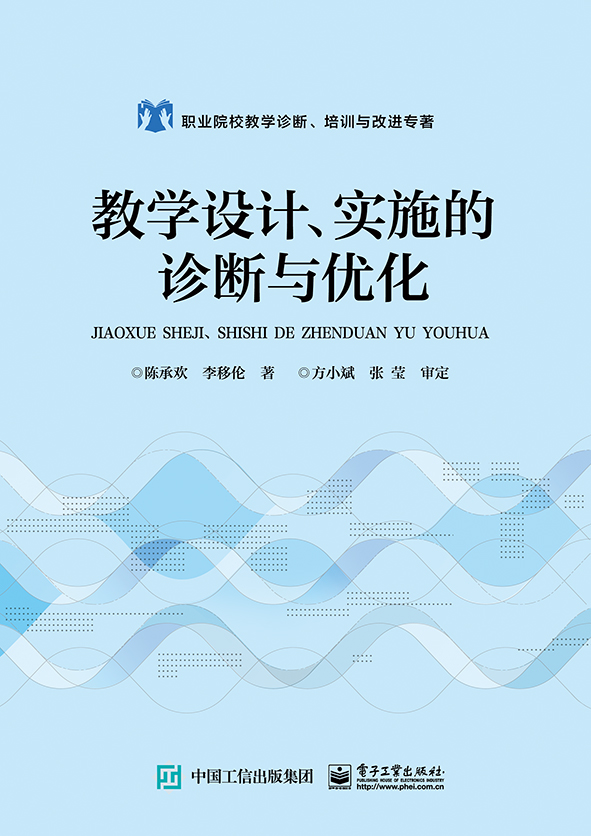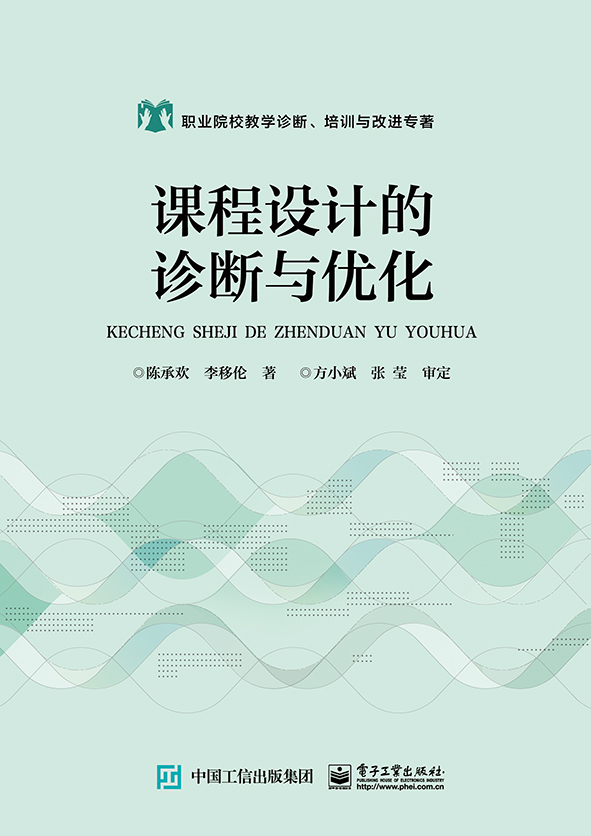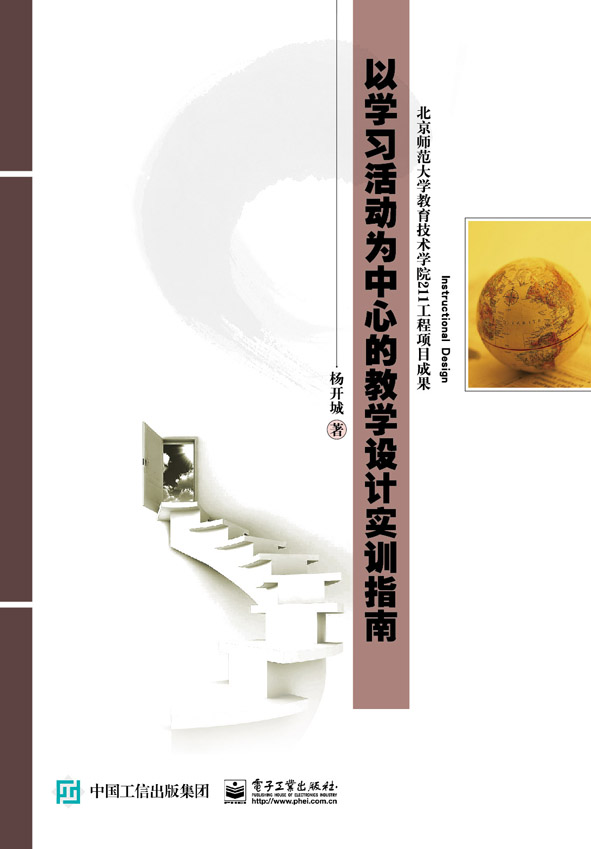教学系统化设计(第五版 影印版)
¥35.00定价
作者: WALTER DICK,LOA CAREY,JAMES O
出版时间:2002-10-15
出版社:高等教育出版社
- 高等教育出版社
- 9787040114072
- 1
- 252485
- 平装
- 16开
- 2002-10-15
- 680
- 814
- 教育学
- 教育学
内容简介
现今的信息化社会,传统的学习理念已经无法适应目前的快节奏,教育工作者需要不断改进自己的教学方法和教学系统以跟上世界的脚步。美国佛罗里达州立大学的Walter Dick教授和美国南佛罗里达大学的Lou Carey、James O. Carey教授结合自己多年的教学经验总结出一套教学的系统化设计方法。本书分别从设计、教学评价的基本原则和过程、需求分析、目标分析和教学开发策略等方面详细介绍了如何系统化地设计一套教学系统。 本书引进当今世界上流行的教学方法,如多媒体教学、远程教育等概念,充分向读者展示了一个全新的、现代化的教学系统的设计过程。内容涉及教学的基本原理,并帮助读者学习如何设计、开发和评价教学过程。本书主要内容包括评测需求,确定教学目标、目标分析、阅读人群、环境分析、开发评测工具、开发指导性策略、开发指导性材料,如何设计并从事规范化评估,如何修订指导性材料,如何设计与从事综述性评估。
目录
Preface To the InstwctorChapter1 Introduction to Instructional Design The Dick and Carey Systems Approach Model for Designing Instruction Components of the Systents Approach Model Assess Needs to Identify Goal(s) Conduct Instructional Analysis Analyze Leamers and Contexts Write Performance Objectives Develop Assessment Instruments Develop Instructional Strategy Develop and Select Instructional Materials Design and Conduct the Formative Evaluation of Instruction Revise Instruction Design and Conduct Summative Evaluation Using the Systems Approach Model What Are the Basic Components of Systematically Designed Instruction? For Which Instructional Delivery System Is the Systems Approach Appropriate? Does the Use of the systems Approach Imply that All Instruction Will Be Individualized? Why Use the Systems Approach? Who Should Use the systems Approach? References and Recommended Readings Chapter2 Assessing Needs to Identify Instructional Goal(s) Objectives Background Concepts Performance Analysis Clarimpg InstrUctional Goals Learners, Context, and Tools Criteria for Establishing Instructional Goals Examples Leading Group Discussions Needs Assessment Clarifying the Instructional Goal Criteria for Establishing Instructional Goals Providing Customer Service Summary Practice Feedback References and Recommended ReadingsChapter3 Conducting a Goal Analysis Objectives Background Concepts Verbal Information Intellectual Skills Psychomotor Skills Attitudes Goal Analysis Procedures Analysis of Substeps More Suggestions for Identifying Steps within a Goal Examples Intellectual Skills Goals Psychomotor Skills Goals Attitudinal Goals Verbal Information Goals Typical First Approach to Goal Analysis Summary Practice Feedback References and Recommended ReadingsChapter4 Identifying Subordinat Skills and Entry BehaviorsChaptr5 Analyzing Learners and ContextsChapter6 Writing Performance ObjectivesChapter7 Deeloping Assessment InstrumentsChapter8 Developing an Instructional StrategyChapter9 Developing Instructional MaterialsChapter10 Designing and Conducting Formative EvaluationsChapter11 Revising Instructional Materials ObjectivesChapter12 Designing and Conducting Summative EvaluationsA Description of Problem(Need),Purpose of Instruction,Target Group,and Delivery SystemB Goal Analysis of the Instructional Goal on Story WritingC Hierarchical Analysis of Declarative Sentence Portion of Story-Writing Goal with Entry Behavior LinesD Design Evaluation Chart Containing Subskills,Performance Objectives,and Parallel Test ItemsE Instructional Strategy for Objective Sequence and Clusters,Preinstructional Activities,and Assessment ActivitiesF Instructional Strategy for the Content Presentation and Student Participation Components and the Lesson Time Allocation Based on the StrategyG Session 1:Motivational Materials,Unit Objectives,and Assessment of Entry BehaviorsH Session 2:Pretest Story and Rubric to Evaluate StoriesI Session 3:Pretest and Instruction in Subordinate Skills 5.6 through 5.11J Group's and Individuals' Achievement of Objectives and Attitudes About InstructionK Materials Revision Analysis FormIndex

